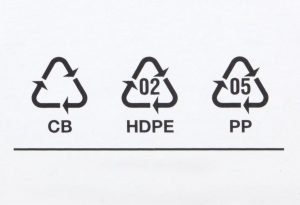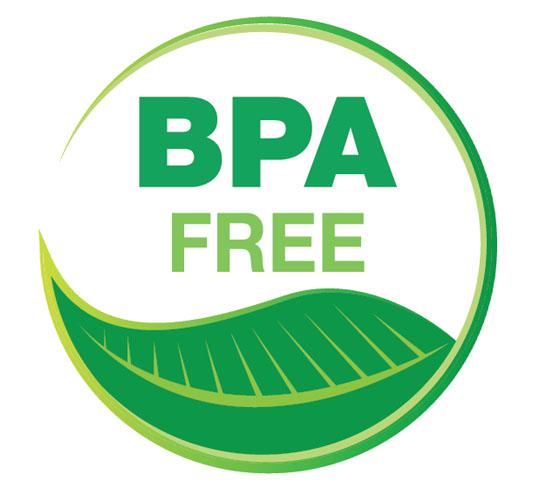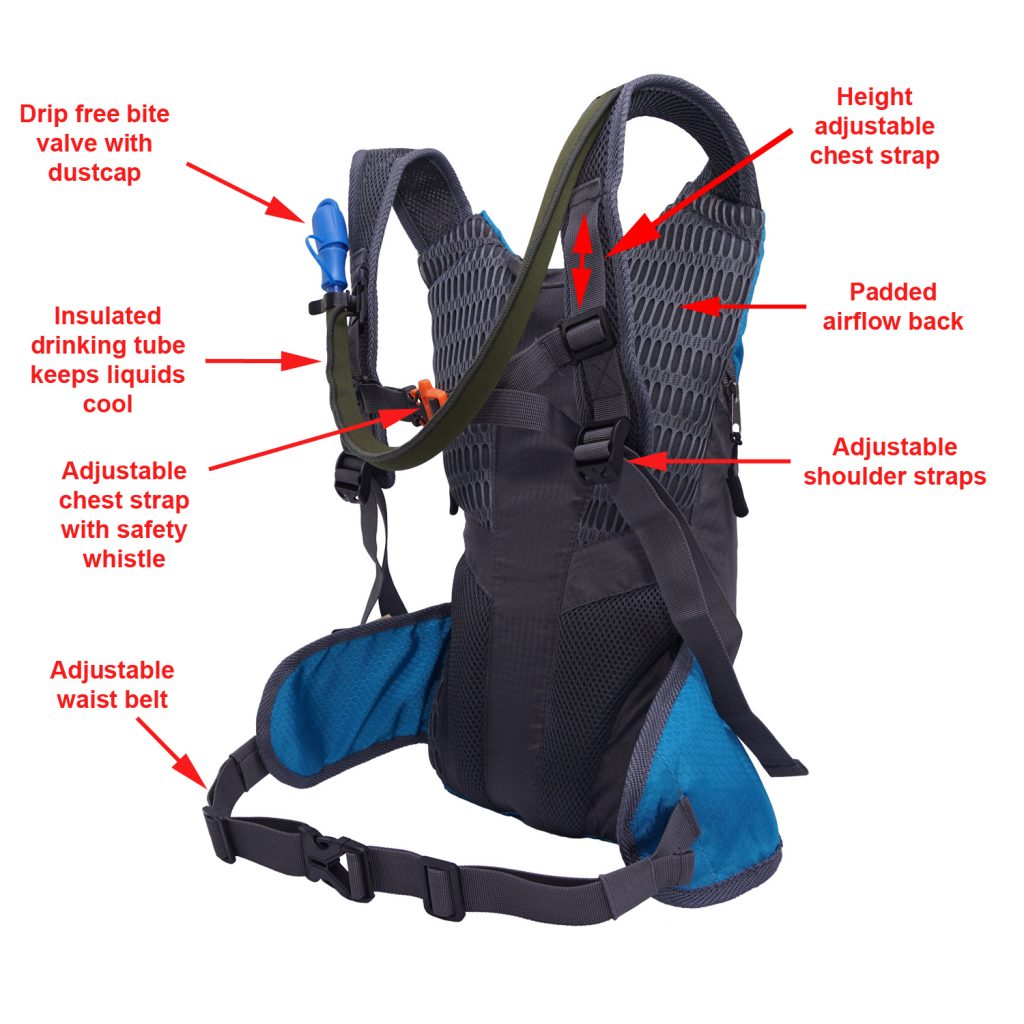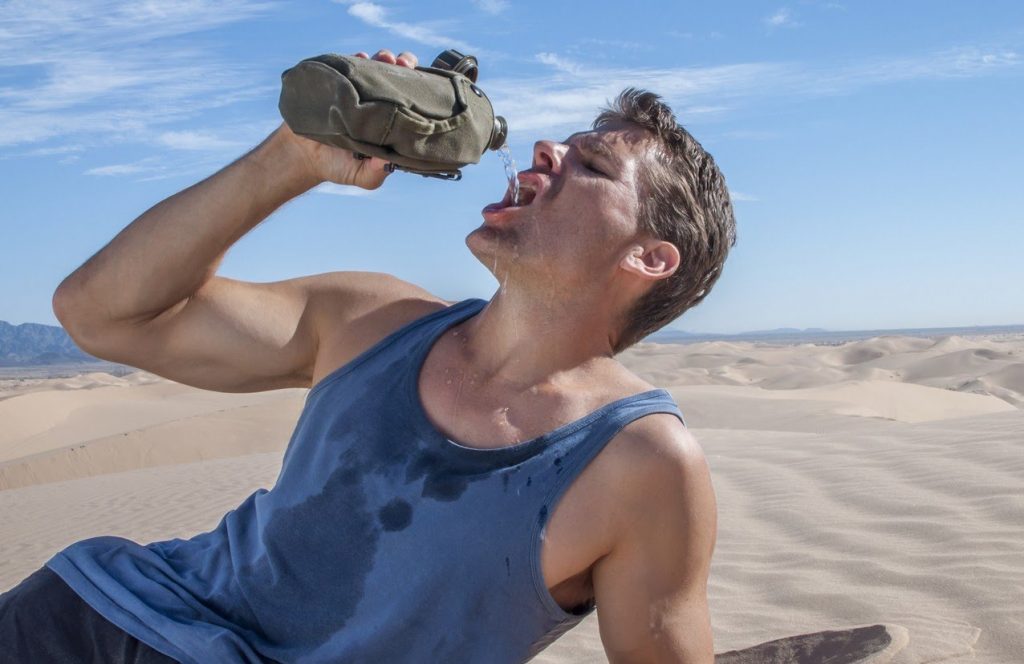Table of Contents – click to jump ahead:
ToggleKeep Your Water Safe by Using BPA Free Water Bottles
When drinking your bottled water have you ever wondered if the plastic that the refreshing drink is contained in is safe for you? The answer is maybe. This is because plastic water bottles, especially recycled plastic water bottles, might contain levels of BPA. Here at the Sports Hydration Packs, we give you all the details and help you choose one of the best BPA Free Water Bottles.
What is BPA?
BPA is a chemical produced on a large scale and is used mainly in the production of epoxy resins and polycarbonate plastics. The health risks and concerns of BPA exposure is growing and the potentially harmful effects are alarming. The call for BPA free water bottles is growing at such a rate that Canada and the European Union has banned Bisphenol A use in baby bottles. A recent study conducted with 2517 participants discovered that 93% of the urine samples collected from people 6 years and older had some detectable traces of BPA.
How Does Exposure to BPA Occur?
You would be surprised how exposure to BPA occurs and where it can be found. BPA is used in some water and infant bottles, medical devices, some food and drink packaging, CD’s, impact resistant safety equipment and the epoxy resins are used in bottle caps, food cans water supply pipes all of which can be found in the lacquers to coat these metal products. Even some dental composites and sealers have been known to add to this type of exposure.
How Do You Prevent and Reduce Exposure to BPA?
There are ways to prevent and reduce exposure to BPA.
Cited tests and results have suggested that children and infants are the most susceptible to the effects that BPA can have with exposure. It is up to the parents and the people who care for children and infants to ensure that a better bottle is used and is 100% BPA free. The Food and Drug Administration in 2010 has raised a heightened concern for BPA exposure in infants, young children and fetuses.
Other methods of prevention are to reduce your dependency on canned food, do not microwave any BPA plastic food containers, check the bottom of your plastic containers for the number seven which would indicate a presence of BPA, use baby bottles that are free of BPA, and try to use stainless steel containers, porcelain or glass for hot liquids or food.
How Can You Avoid BPA Exposure?
There are a number of ways to avoid BPA exposure, without creating an upheaval in your life. Some of which would be to immediately get rid of clear plastic baby bottles, tin cans are mostly lined in BPA plastic and after a long shelf life should be disposed of, especially acidic fruits that contain tomatoes.
BPA water bottles after time will crack and get that glazed look that is the time for you to dispose of them, especially if they have been around for some time. Do not use water cooler water that does not have a filter or use city water. Get rid of your BPA water bottle and get yourself a new BPA free bottle, this is of great importance for not only the pregnant and pre-pubescent children but also you sports enthusiasts out there.
BPA Testing
There have been numerous test done on BPA starting in the 1930’s when BPA was classified as being estrogenic and in 2009 new testing on rats was performed that discovered that in low dosage the reproductive organs and behavioral activities revealed no ill effects. However, companies, such as Nalgene has been slowly phasing out the use of BPA and instead going with copolyester, for use in their bottles.
The greatest effect that BPA seems to have is that of the young or the unborn. It has been seen to act as an endocrine disruptor that will act as the hormones of the body that could possibly in the long run cause negative effects. In addition, testing performed in 2011 on the rhesus monkey revealed changes in the female’s uterus development and that male rats had a lower sperm count and testosterone levels.
How Do You Know If A Water Bottle Contains BPA?
 There are ways to discover if the water bottle is a type of BPA free water containers. On the bottom of the container you will see a triangle with a number from one to seven. The only problem with this is that not all recycled plastics are marked with recycle codes. The only numbers that you should be concerned with are the numbers three and seven. Number seven seem to be the worst, since it means that not only does the plastic contain BPA, but so does the epoxy resin. Type three, at times will use BPA as an antioxidant in plasticizers, especially for flexible PVC, however not for regular PVC pipes.
There are ways to discover if the water bottle is a type of BPA free water containers. On the bottom of the container you will see a triangle with a number from one to seven. The only problem with this is that not all recycled plastics are marked with recycle codes. The only numbers that you should be concerned with are the numbers three and seven. Number seven seem to be the worst, since it means that not only does the plastic contain BPA, but so does the epoxy resin. Type three, at times will use BPA as an antioxidant in plasticizers, especially for flexible PVC, however not for regular PVC pipes.
Final Words
So as you can tell from the above warnings, studies that have been performed dating back to the 1930’s, if you can avoid any plastics, such as baby water bottles, food cans, especially those with acidic fruits, it is in your best interest to do so.
So make the next batch of BPA Free Water Bottles you buy one of the best BPA free water bottles.
Are You Still Unsure Which BPA Free Water Bottle to Choose?
Take a look at our buying guide. Here you will find all you need to know to help you make the right choice of Sports Hydration Packs for you or browse through our additional selection below.
Last update on 2025-03-31. This post may contain affiliate links, for which we could earn a commission. This does not change the price you would pay.




